
In research that has implications for our understanding of how diseases spread in human populations, researchers from the University of Zurich have been studying how sick animals will conceal their illness in the presence of their young or when mating opportunities arise.
The study’s author, Dr. Patricia Lopes, says that animals from a number of different species will eat and drink less, reduce their activity and sleep more when they are sick in order to conserve energy for their recovery. “However,” she adds, “this can all change depending on the social situation.”
For the study, detailed in the journal Proceedings of the Royal Society B, Lopes reviewed a range of different social situations that affected the behavior of sick animals, including the presence of offspring, intruders, or potential mates.
Animals ranging from birds to monkeys have all been observed to conceal their sick-behaviors when other animals are present. For example, Lopes’ previous research showed that sick zebra finches will behave as though they are healthy in the presence of other zebra finches, particularly when there is the opportunity to mate.
“The idea is that ‘behaving sick’ helps animals recover from the disease and so this should be the default way to behave when sick,” she said. “However, if being sick coincides with, for example, a unique opportunity to mate, then animals may adjust their priorities and behave as though they are not sick.” Lopes goes on to suggest that such a change may have tradeoffs for an animal with limited energy to invest in recovering from illness versus mating or caring for young.
The study also considers the implications in the context of infectious disease. “Recognizing when animals are concealing their sickness is critical to how we both detect and control the spread of infectious diseases,” says Lopes. Ultimately, improving our understanding of how social situations affect a sick animal’s behavior can improve our models of disease detection and transmission. “This,” she adds, “extends to the spread of disease in humans living in an increasingly crowded and connected world.”
Related:
Discuss this article in our forum
Customizing animal scents to manipulate animal behaviors
Camouflage or bright colors? What’s better to live long and prosper?
Loved-up bonobos are perpetual teenagers

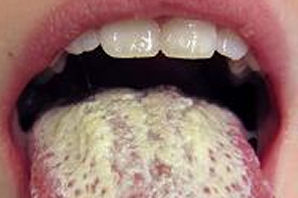
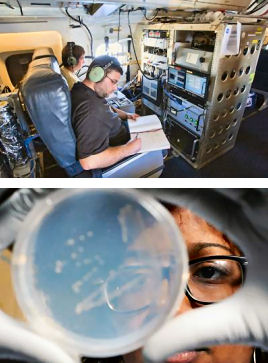


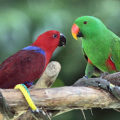
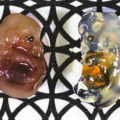





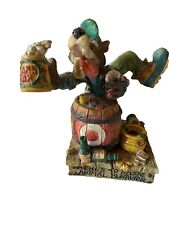
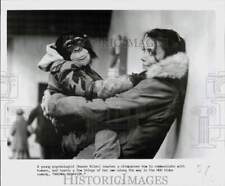
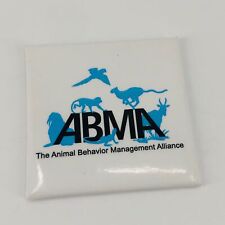
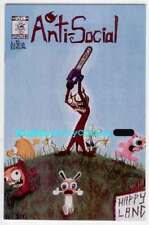

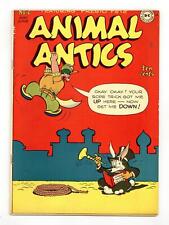
Comments are closed.